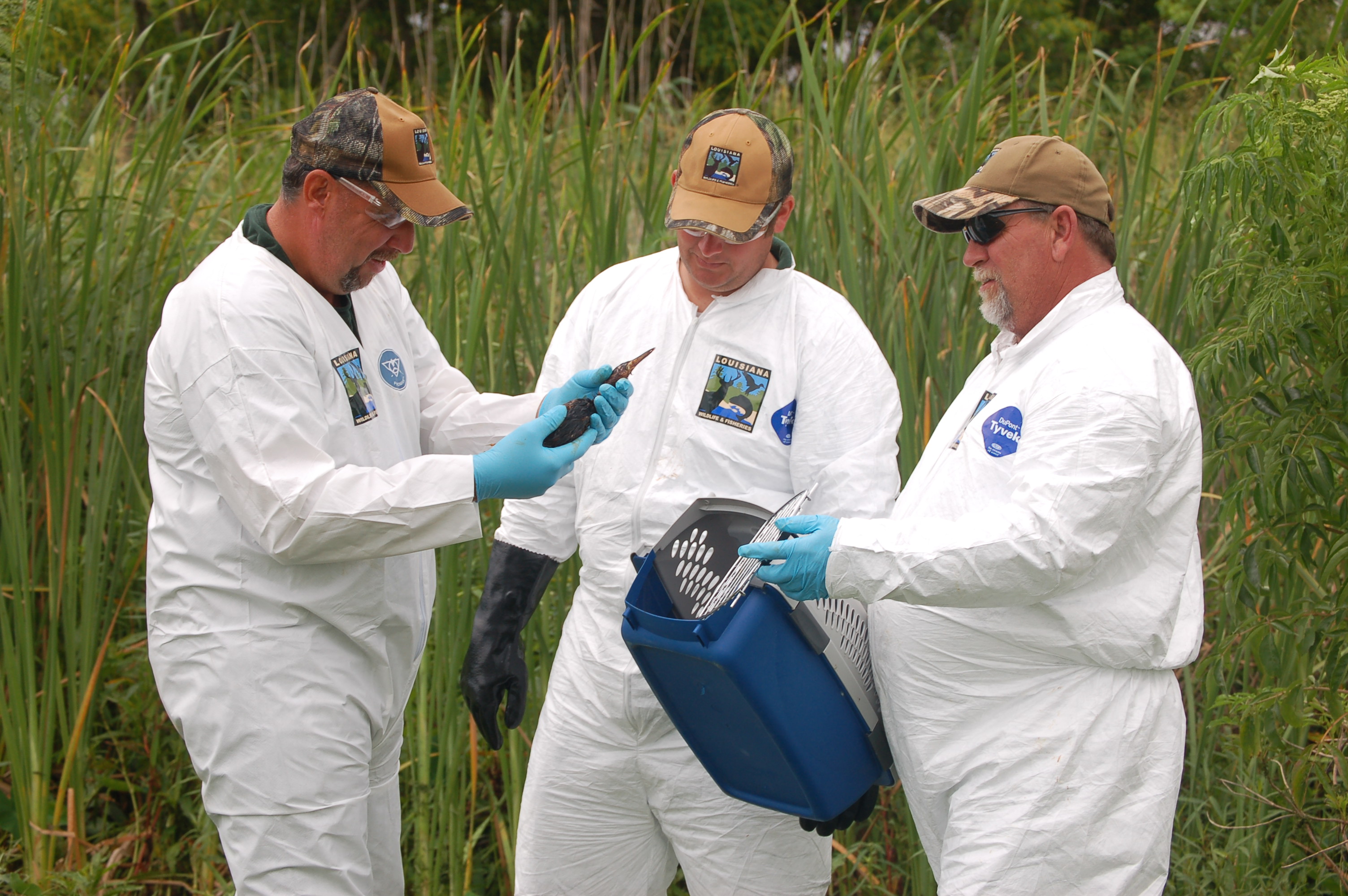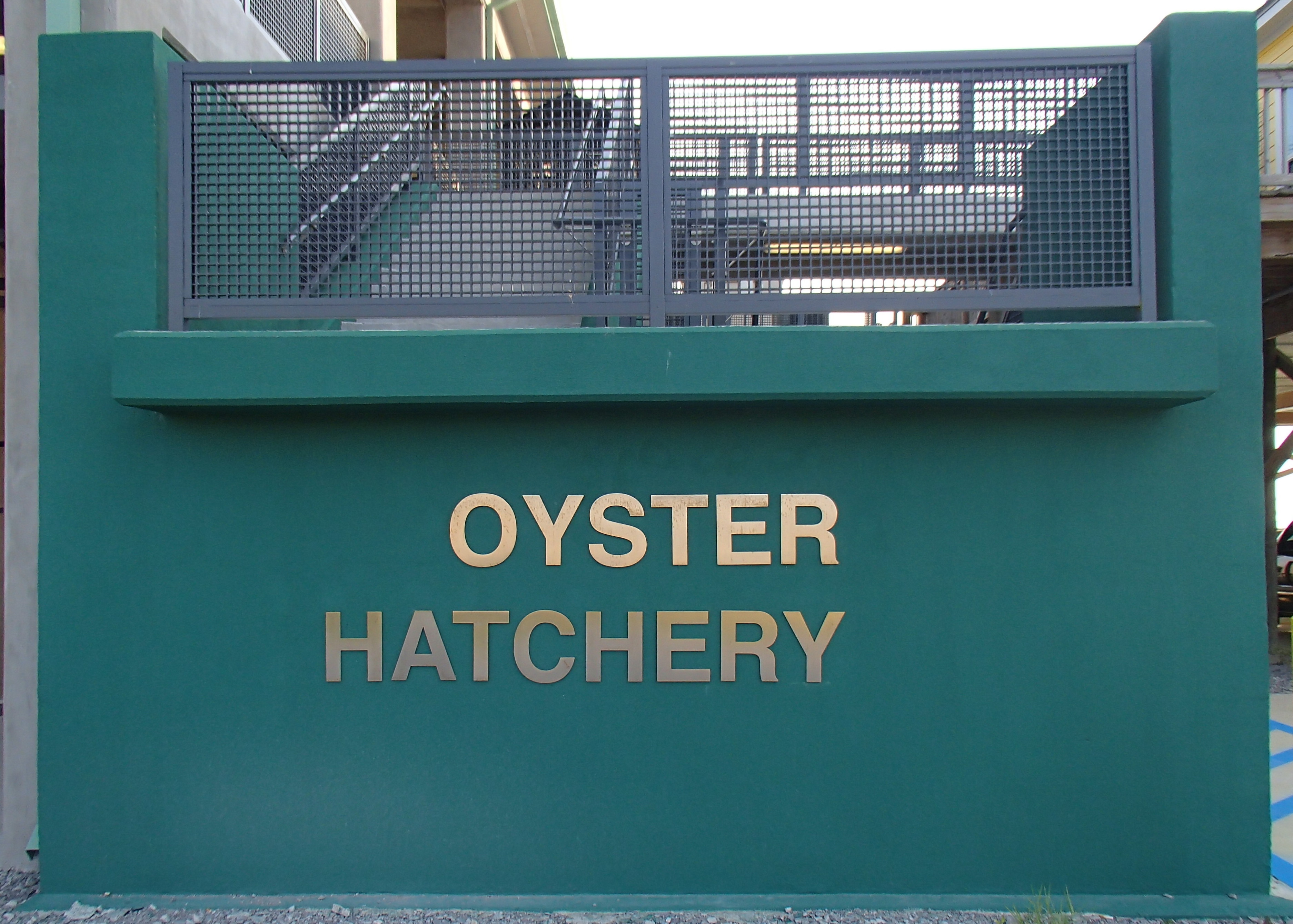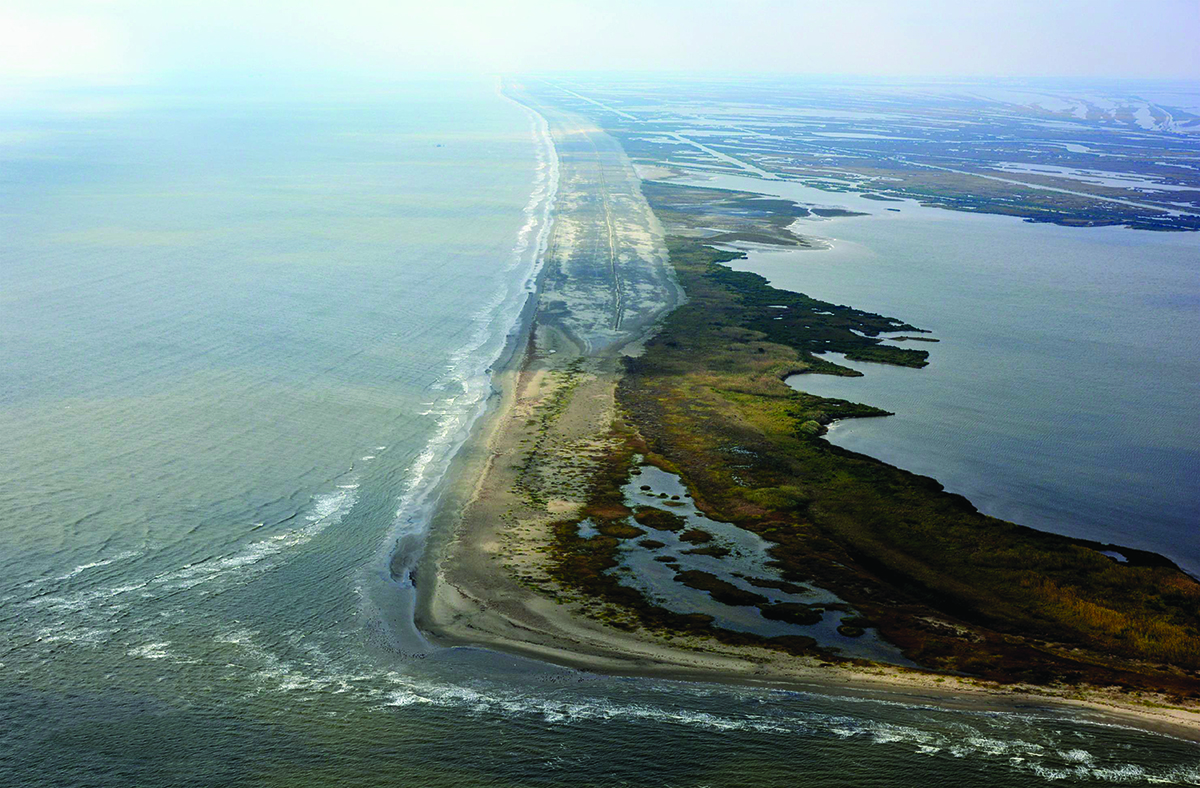When the Deepwater Horizon Oil Spill occurred on April 20, 2010, Louisiana’s coastline was in the cross hairs. The impacts of the largest man-made disaster in U.S. history were substantial and probably can never be truly quantified.

An unfathomable 4.9 million barrels of oil spewed into the Gulf of Mexico because of the disaster during 87 days. All five Gulf Coast states were impacted but certainly none more than Louisiana.
More than 5,000 birds dead and alive were collected in Louisiana because of the disaster. This comprised approximately 65 percent of the bird recoveries throughout the Gulf of Mexico. Brown pelicans made up 22 percent of all recoveries. Data collected suggests the impact on birds was between 51,000-84,000 and more than likely on the high end of that scale.
That doesn’t begin to include the toll on Louisiana’s offshore and estuarine fisheries, which can probably never be calculated. The spill formed an oil slick that was more than 57,000 square miles in the Gulf. An estimated 1,100 miles of shoreline was polluted.
Todd Baker, Louisiana Department of Wildlife and Fisheries’ Coastal Resource Scientist Manager for Wildlife, was on the frontline of the spill as were many LDWF biologists, technicians, and other employees.
“There was no playbook for this,’’ Baker said. “Most of the plans that were in place were found to be insufficient for the spill that we were facing. Fortunately, we had worked many oil spills before the BP Oil Spill. Our staff was pretty knowledgeable. However, we had never experienced anything of this magnitude.’’
Nevertheless, LDWF’s rescue, recovery, and cleanup effort during the spill was unmatched. For nearly a year, LDWF personnel worked long hours, days, weeks, months mitigating the disaster and taking account of lost resources.
But their work didn’t end there. It was just beginning. And now on the 10-year anniversary of the disaster, there has been much work to restore what was lost and LDWF has been helping to lead the way.
“When the oil spill happened, the future of so much of our habitat, wildlife, and fisheries in the affected areas looked bleak. The photos of the oil-soaked brown pelicans were heart breaking. We questioned whether our wildlife and fisheries would ever recover,” said Louisiana Department of Wildlife and Fisheries Secretary Jack Montoucet. “But Louisiana is resilient and symbolizes the word rebirth. With the assistance of CPRA and the Louisiana TIG, we have implemented smart restoration projects with the BP fines which is resulting in birds and other species returning to coastal Louisiana. Ten years later, we are working to complete a bold restoration effort that’s rebuilding and improving our environment.”
Here are just some of the restoration projects in which LDWF has had a hand:
RESTORATION PLAN 1 BIRD PROJECTS
Queen Bess Island and Rabbit Island, two key brown pelican nesting colonies, are part of the Restoration Plan 1 bird projects.
Queen Bess Island’s restoration has been completed and Rabbit Island should begin this fall.
EARLY RESTORATION OYSTER PROJECTS
Early restoration oyster projects included:
Cultch plants in:
- Hackberry Bay (2012, 201 acres)
- Sister Lake (2012, 358 acres)
- Bay Crabe (2012, 201 acres)
- Lake Fortuna (2012, 301 acres and 2017, 100 acres)
- Three-mile Pass in Mississippi Sound (2013, 159 acres)
- Drum Bay (2013, 201 acres)

Construction of the Michael Voisin Oyster Hatchery in Grand Isle was completed in 2015.
There was also a partnership of the Michael Voisin Hatchery with multiple spat on shell projects done in coastal Louisiana.
CRCL shell recycling collaboration, small-scale remote setting program and O&M funding in March 2019 are part of the other early restoration programs.
EARLY RESTORATION RECREATIONAL USE PROJECTS:
Included five artificial reefs:
- West End, 3,000 tons limestone/Lake Pontchartrain
- Lake Front 1,950 tons limestone/Lake Pontchartrain
- Rabbit Island 9,750 tons limestone/ Cote Blanche Bay
- Cypremort Point II 7,650 tons limestone/Vermillion Bay
- East Calcasieu 6,000 tons/Calcasieu Lake)

Other reefs currently under construction include
- Point Mast, 4,000 tons/Lake Pelto
- Bird Island, 4,000 tons limestone/Lake Pelto
- Ship Shoal 26 8,000 tons limestone/Gulf of Mexico
Elmer’s Island recreation use projects have included:
- Design and permitted plans for recreational improvements.
- Contractors were hired for repairs to the access road.
- Project features under contract for construction this year include: road resurfacing, culvert installation/hydrologic improvements, kayak launch construction and a bird observation tower.
Lake Charles Science Center engineering and design has been initiated and is ongoing.
Island Road fishing piers are under construction and set to be completed this fall.
RECREATIONAL USE PROJECTS
A boat launch at Pointe-aux-Chenes Wildlife Management Area (WMA) is under construction and will be completed this fall.
Rockefeller Refuge fishing piers and signage is under construction and expected to be completed late this summer.
Bids are due in late April and early May for campground enhancements and pass cleanouts at Atchafalaya Delta WMA. Fishing piers at water control structures and a pirogue launch to be bid this summer.
Middle Pearl River launch construction at Pearl River WMA to be bid this fall.
LIVING COASTAL MARINE RESOURCES RESTORATION PLAN
This restoration plan proposes $25.6 million for oyster restoration projects and construction could begin by this fall. Projects proposed include programmatic broodstock sanctuary reefs, programmatic cultch plants, hatchery operations and work with the Marine Mammal Stranding Network.
